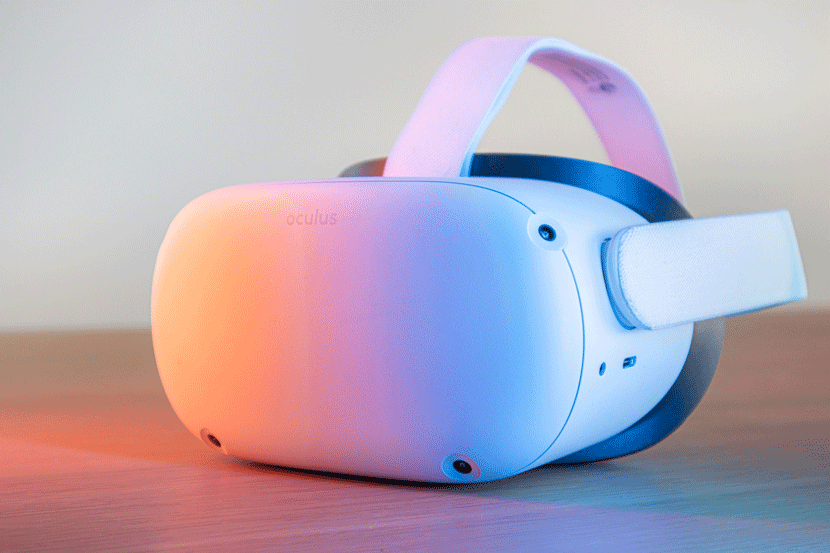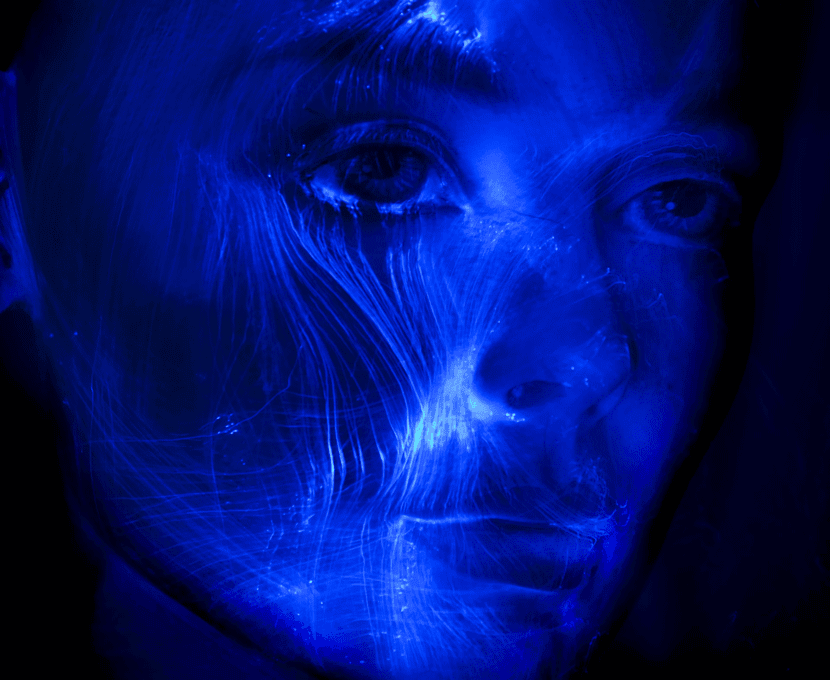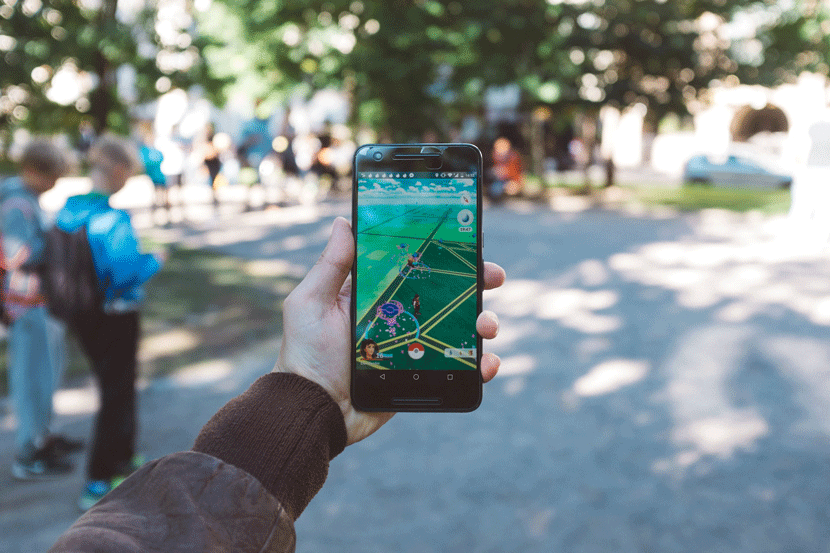
The world of 3D skills is already shattering records, leaving enthusiasts eager for more thrilling experiences. But beyond mere entertainment, there are AR and VR too – inviting 3D to create immersive content that goes beyond the realm of fun and games. Today, AR has become a powerful business tool, revolutionizing various industries, including retail, business, gaming, healthcare, and even the military.
To stay ahead, it is crucial to explore transformative technologies. Understanding the direction of the industry is essential. Before starting your next project, let's delve into the captivating world of augmented reality and virtual reality in 3D. But first, be aware of the essential tools, such as the indispensable render farm, that will bring your visions to life. In this article, we will help you walk through the industries using 3D with AR and VR along with the future of it too. Ready to dive in? Let’s talk about all you need.
Concept of 3D modeling
The process of creating 3D models involves using specialized software to represent objects or scenes digitally. It involves several key steps, starting with conceptualization, where the idea or concept is developed. Then, the modeler uses 3D modeling software like Blender, for example, to construct the virtual object or scene by manipulating digital polygons. Texturing is applied to add realistic visual details, whereas lighting is used to create desired illumination and ambiance. Once the model is complete, rendering generates the final image or animation by calculating light interactions and material properties.
Post-processing may be applied for additional enhancements. The resulting 3D model serves multiple purposes. It can be used for visualizations, animations, simulations, and 3D printing. This versatility makes it an invaluable tool for artists, designers, and engineers. It empowers them to communicate and materialize their ideas within a digital environment effectively. If you are interested to know more about 3D modeling and you want to learn from zero to hero, check this article right here.
Integration of AR and VR in 3D modeling
Integrating 3D artificial intelligence with AR and VR technology brings even more potential to the table. This combination allows for the rendering of complex models and scenes in immersive mixed reality, pushing the boundaries of what is possible and enhancing the overall user experience.

Moreover, AR and VR are transforming architectural visualization. With VR, stakeholders can gather in a central hub and access project information, enhancing communication. AR overlays virtual objects onto the real world, allowing users to see how 3D models fit into their surroundings. VR immerses users in virtual environments using 3D modeling, providing an interactive and engaging experience. These technologies revolutionize the way we interact with and visualize 3D designs in architecture.
AR and VR rendering in 3D models across various industries
AR and VR rendering with 3D models are revolutionizing numerous industries.
- In gaming and entertainment, they provide immersive experiences and realistic environments.
- Architects and real estate professionals use AR and VR to present designs and offer virtual walkthroughs.
- The automotive industry utilizes these technologies for showcasing vehicles and customization options.
- In healthcare, AR and VR aid in surgical planning and medical training.
- Education benefits from interactive learning experiences, while retail integrates AR for virtual try-on.
- Manufacturing and engineering sectors leverage AR and VR for design, prototyping, and process optimization.
- Additionally, tourism and hospitality use these technologies for virtual tours.
AR and VR in architecture: A game changer
Architectural professionals employ augmented reality (AR) and virtual reality (VR) technologies as integral tools within their design process. AR allows architects to overlay virtual models onto the real world, providing real-time visualization and interaction. VR creates immersive virtual environments, enabling architects and stakeholders to experience designs at a 1:1 scale.
3D modeling is crucial for developers and they can transform 2D plans into accurate 3D representations creating If you want to know more about this we invite you to this article to learn how 3D modeling is a game changer using VR and AR like immersive Property Showcase and Real-time walkthroughs for 3D developers for architecture and real estate.
Prototyping
AR and VR rendering in 3D modeling and 3D printing are a growing field that is revolutionizing product development. VR 3D modeling enables designers to create and test virtual designs more efficiently and accurately.
AR 3D content, combined with other rendering elements, enhances the user experience by creating digital twins of the real world. AR can also enhance 3D modeling by rendering selected models with high realism. In architectural VR/AR 3D rendering, photorealistic CGI services showcase buildings' aesthetics through images and videos, while lighting is meticulously adjusted using the software.
Gaming
Augmented reality overlays computer-generated images onto the real world, while virtual reality creates immersive artificial environments. Both technologies provide engaging experiences for gamers, stimulating multiple senses. The development of assets for AR and VR games requires optimization to ensure smooth performance. 3D models are integral to AR experiences, creating digital twins of the real world. Unity is a popular software for creating VR games.

Film/Television industry
AR and VR technology is revolutionizing the film and television industry, transforming production and audience experience. VR/AR movies make viewers active participants, offering interactive effects and shaping the narrative through their movements. These immersive films eliminate the need for screens and enhance engagement.
The integration of AR and VR in entertainment is moving from experimental to commercial, continuously improving immersive experiences. Virtual production is becoming the standard for realistic visual effects, blending digital scenes with real-world sets. AI-based deep learning algorithms are also being explored in film and TV production, proposing a 3D production method using VR technology.
For example, The Volume Technology is a 3D-controlled space, the background can change every time they want because it's a 3D background model design. The scene is developed by 3D designers within a controlled environment. If you want to know more about this technology check it out this article.
Trends and Innovations in AR, VR, and 3D Modeling
- VR/AR movies are growing in popularity and engaging audiences more, with increased adoption across the film industry.
- Architects are using VR to create intricate 3D blueprints, bringing designs to life before construction begins.
- Augmented reality transforms science fiction into reality and becomes an effective business tool. During the forecast period, the market is anticipated to experience significant growth, with its value expected to increase from USD 62.75 billion in 2023 to USD 1,109.71 billion by 2030. This growth represents a remarkable compound annual growth rate (CAGR) of 50.7%.
- Advancements in immersive innovations and AR capabilities will reshape the design of consumer electronics, creating a digitally augmented space.
AR meets Machine Learning
- AI powers facial and spatial recognition software in AR.
- AI and AR solutions collaborate to provide innovative solutions.
- AI improves the functionality and accuracy of AR by simplifying the process of analyzing sensor data.
- Apps use AI to digitize real-world objects for use in virtual environments.
- AR and AI can be combined for automatic design, as seen in apps like SketchAR.
- AI has the potential to design and create structures for the real world based on the source environment.
Conclusion
To sum up, the fusion of Augmented Reality (AR) and Virtual Reality (VR) in 3D modeling has fundamentally transformed our engagement with and perception of digital designs. These captivating technologies have unlocked fresh avenues for designers, architects, and artists to breathe life into their imaginative works. By overlaying virtual objects onto the real world or creating entirely virtual environments, AR and VR provide an enhanced and interactive user experience.
Moreover, the utilization of render farms further enhances the quality and realism of these virtual models, enabling faster and more efficient rendering processes. With AR and VR becoming increasingly accessible and sophisticated, the future of 3D modeling holds limitless potential for innovation and creativity.

About the author
Nicole Holt is an experienced 3D enthusiast with a career in marketing and content writing. Thanks to this unique combination, she is able to showcase the technical intricacies of 3D art and rendering while also making the subject accessible to a wide audience. When she's not immersed in the digital world, Nicole can be found in the great outdoors, most likely with her beloved dog, Sammy.
